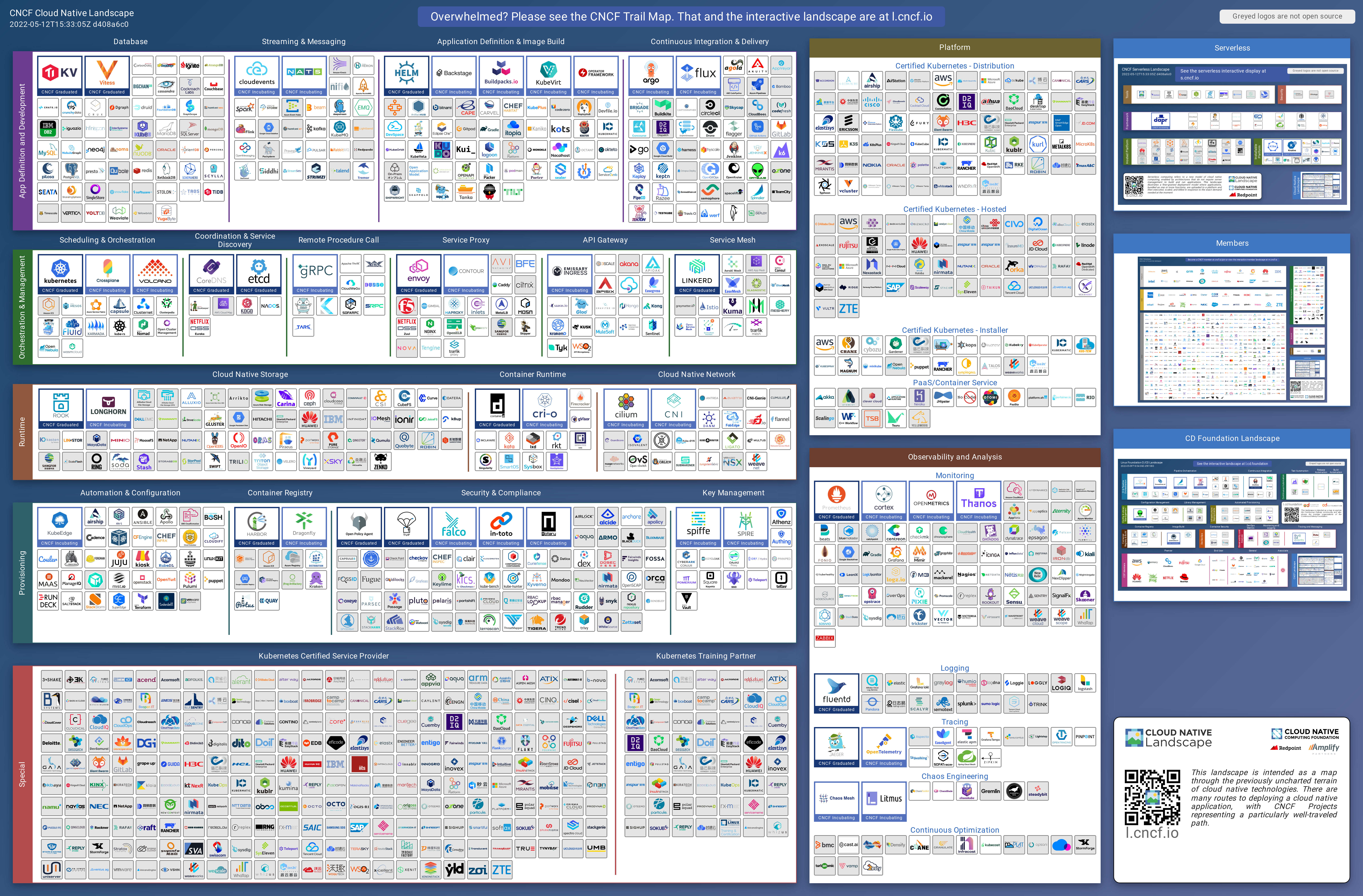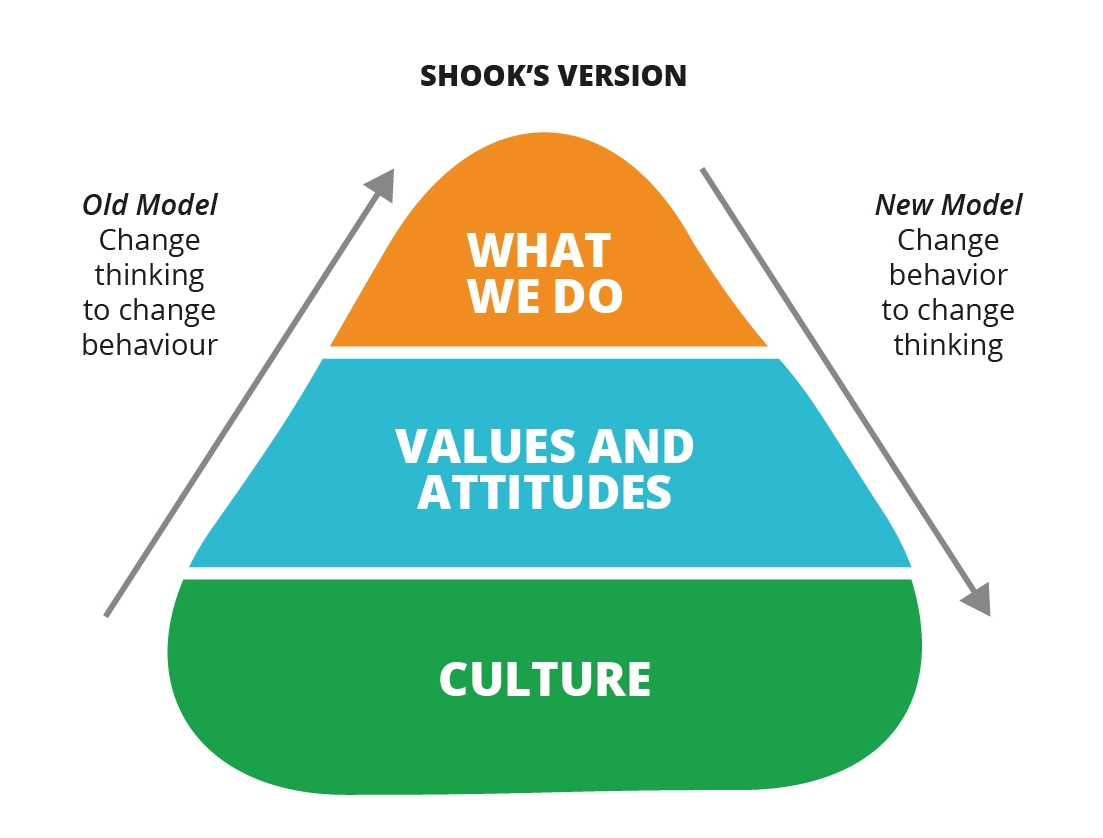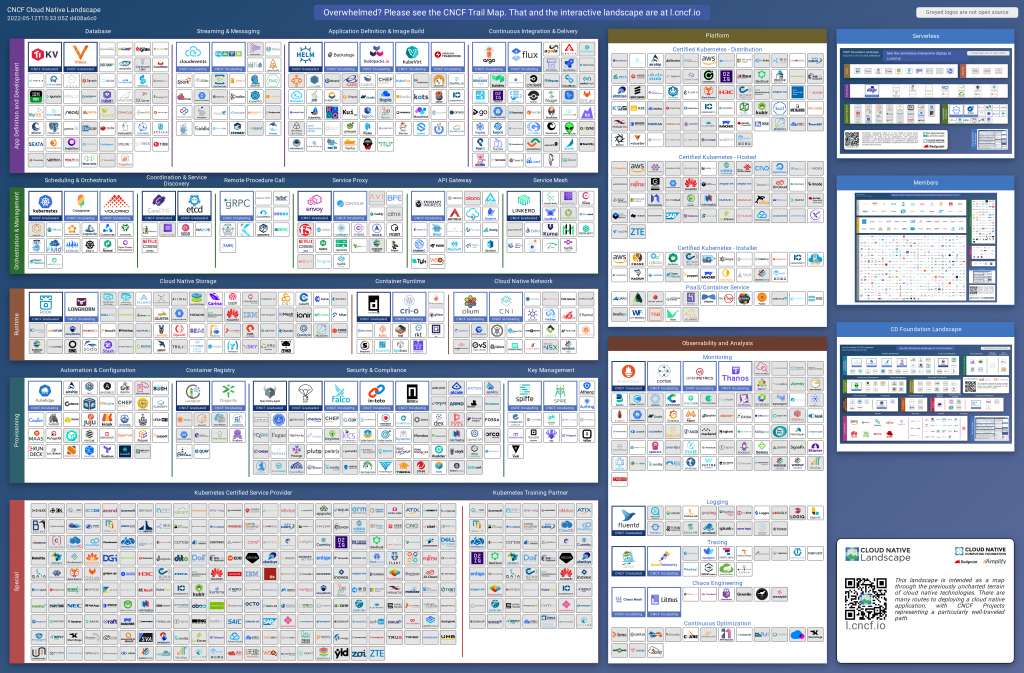My oldest son kept hearing the terms Cloud and Containers on my day-to-day calls and asked, “Why do you keep talking about Cloud and Containers?” We’re hearing these terms constantly and I wanted to take a moment to boil it all down.
First, the Cloud is nowhere near the sky. Look below—it’s actually on the ground, running on thousands of Bare Metal servers in hundreds of innocuous locations around the world.
This is what “the Cloud” really looks like:

Cloud Providers Amazon Web Services, Microsoft and Google make their data centers available to rent to anyone at any time with a credit card. I can subscribe to AWS, Microsoft Azure, or Google Cloud and get access to compute resources less than 10 minutes. I can use it as long as I require and can dispose of the resource when finished. I never need to buy “bare metal” (e.g. servers, network, power, etc.) or hire engineers to manage my own data center. That’s the power of the Public Cloud.
The Container is not the Public Cloud
The Container is a standard way to run your software anywhere. Anywhere means on-premise (customer’s data center), hybrid or in any Public Cloud. The most popular Container Runtime is Docker. They put containers on the map with the Container ecosystem. But there are other container runtimes such as containerD, runC, CRIO and that are part of the Cloud Native Landscape.
Why are Containers popular? Well aside from being able to run anywhere, let’s review the other benefits product development companies see when using containers–especially within an orchestrator like Kubernetes.
What is Kubernetes?
Kubernetes is often abbreviated as “K8S,” is the orchestrator of all these containers across many servers. EKS can support from 1 to 300,000 “AWS Servers” (nodes) per region. It’s the brains that pull together the right resources at the right time to run many containers at once in harmony.
Kubernetes can run On-Premise, hybrid or in Public Clouds—just like Containers. Here’s a summary of how Kubernetes is offered today:
On-Premise: Red Hat / IBM OpenShift, VMWare Tanzu, Rancher to name a few (many more here)
Public Cloud: AWS EKS, Microsoft AKS and Google GKE
Hybrid: All of the On-Premise offerings can be run in the public cloud and some of these, such as EKS can be run on-premise (through AWS Outposts).
What is Cloud Native technology?
It’s at the heart of confusion for most companies these days. Why? Foremost, there are two components to Cloud Native–the Cloud Native technology and The Cloud Native organization.
Here’s the Cloud Native technology landscape:

Cloud Native technology is a standard way to build, deploy and run your software–starting with Containers. That’s why Containers are the first stop on the Journey to the Cloud for our products. Since containers can run anywhere, they provide the most availability for us to sell, deploy and operate our software.
When customers want to run our products at scale, they will run those containers in Kubernetes on-premise with OpenShift or in the Cloud on one of the managed Kubernetes services such as AWS EKS, Microsoft AKS and Google GKE.
Cloud Native organizations are built to continuously take advantage of Cloud Native technologies. This is far more difficult to embrace than Cloud Native technology.
Why is this important? Many of these technologies will continue to evolve and our teams need to anticipate this to continuously take advantage of these changes.
How do we do this? It starts with our Culture. But how do we change our Culture?

We start with behaviors! What we do influences our values and attitudes and ultimately impacts our culture.
So, keep C.A.L.M.S – Collaboration, Automation, Learning to be Lean, Measuring and Sharing risks. All are key behaviors to building a Generative Culture.
In short, products and services are built and deployed in a rapid cadence by small, dedicated, cross-functional teams made up of a product owner, scrum master and developers. The developers not only know how to leverage Cloud Native technologies, they “build in” security, “build in” quality and work to improve the cycle time of the build and test loop.
In parallel, the Journey to the Cloud team works to design and build the “paved roads,” tools and Cloud Native Platform (AWS EKS) for both Dev and Ops teams. First, this lets the development teams focus on building better products because they are not focused on building bespoke tools and platforms.
Next, this lets Operations teams standardize the Day 1 and Day 2 activities, instead of building bespoke infrastructure for every deployment.
What are Day 1 and Day 2 activities? Day 1 Activities are provisioning, and deployment and Day 2 activities are monitoring, alerting, upgrading and providing analytics data back to product management and product development teams.
Fun fact: Axway’s “Journey to the Cloud” is really “Journey to Cloud Native” as the team identifies the best path through the CNCF “Jungle” to help Axway navigate this journey.

By the way, the Cloud Native “Jungle” you see above are all technology “choices” for any company looking to go Cloud Native. And it’s evolving faster than ever.
In the last 10 months for the Cloud Native “Jungle” here’s what’s changed:
- Market cap has doubled from $7.7T to $15.5T–That’s right, Trillion
- Funding has quadrupled from $12.83B to $65B
- And the number of products in this space, the technology choices we have to make have nearly doubled from 708 to 1382.
So, if Cloud Native is the new tectonic force in software, then containers are the fault lines. Where the winners will quickly adapt and the losers will crumble.
Finally, what does all of this have to do with Building, Running and Selling a Subscription-based business?
If we want to offer subscriptions anywhere within hours instead of weeks to address the TAM (Total Addressable Market), Axway needs “to be” Cloud Native. We have organizations at Axway that are Cloud Native, AMPLIFY(TM) Central, AMPLIFY Foundation Services and ARS to name a few. And our products can start the technology Journey to Cloud Native with the Container Maturity Model, here.
Still not convinced? Below are some of the key reasons why organizations were becoming Cloud Native. But the proof is in the revenue, year-over-year growth and margins.
Read more about managed cloud services here.


